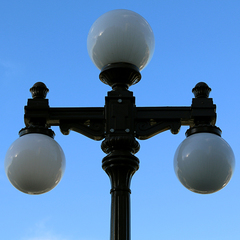USB Headsets & Speakers and audio codecs on motherboards
USB is just a pathway for devices to connect to the CPU/ram/storage. You can think of it as an alternate to PCIe or ethernet - it's just 1's and 0's getting moved between the thinking chips of a computer and a peripheral device. If your audio control panel says "Dolby DSP sound card" then yes, there is in fact the equivalent of a soundcard between the USB port and drivers of your headphones. It's very small, and possibly more limited than traditional soundcards, but the microchips inside do the same jobs.
Digital to Analog Conversion (DAC) will take the binary from the USB and synthesize an analog signal (often represented as a sine wave) to put through a small amplifier chip (likely integrated into the same silicon as the DAC), which then goes through your headphone drivers. The drivers actually perform another conversion - this time from electrical energy to sound energy! Any device that performs energy conversion is called a transducer. Microphones are also transducers. Your microphone audio follows the same path as your headphone audio, but in reverse. Sound -> transducer -> analog electrical -> Analog to Digital Conversion (ADC) -> binary over USB.
USB speakers will work similarly too. That is to say, there is a DAC inside the speaker connected to your computer via USB, and the DAC feeds a small amplifier (also hidden inside the speaker) which in turn powers the drivers/woofers to produce sound waves.
Hope this wall of text was something along the lines of what you were looking for.




















Create an account or sign in to comment
You need to be a member in order to leave a comment
Create an account
Sign up for a new account in our community. It's easy!
Register a new accountSign in
Already have an account? Sign in here.
Sign In Now